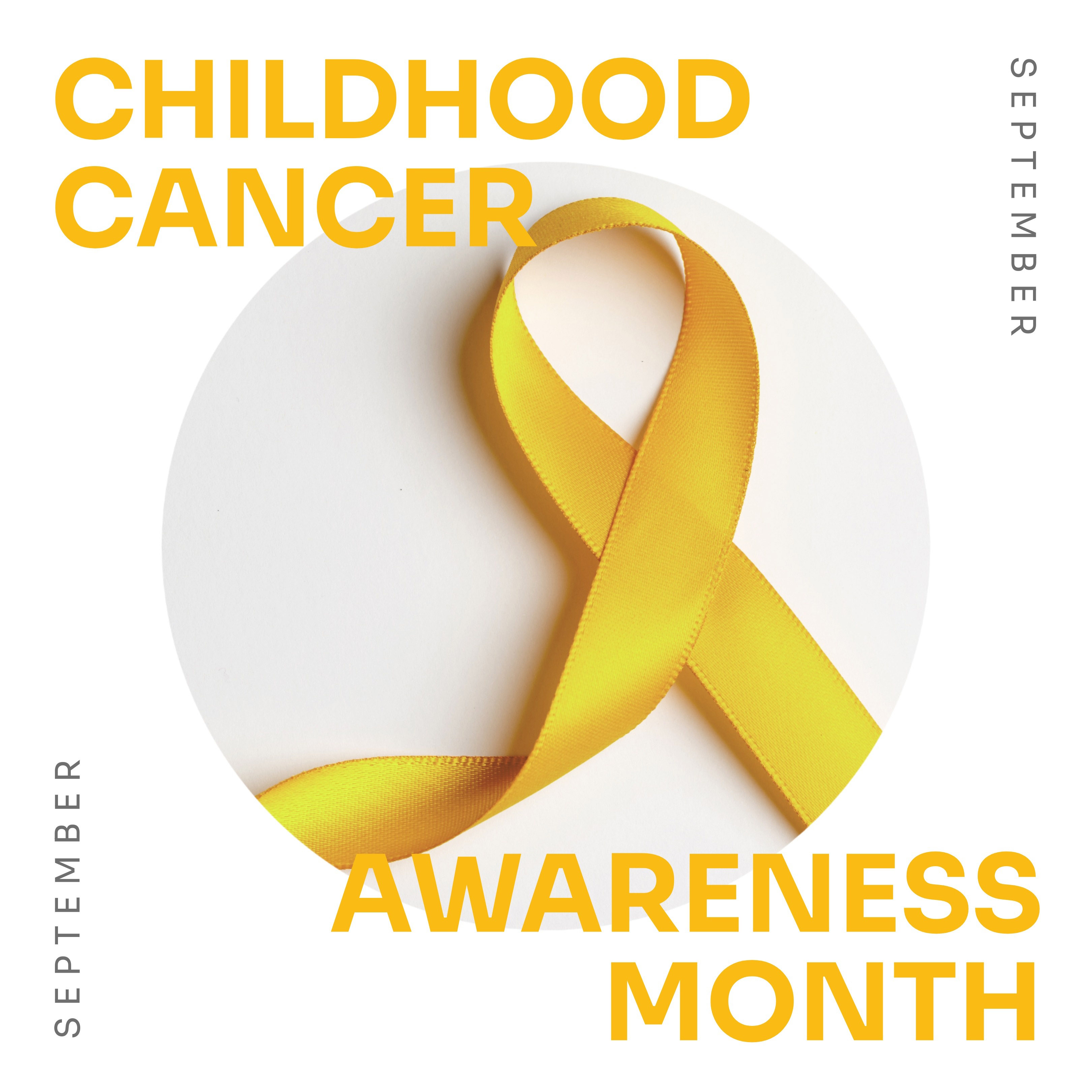
Over a decade ago Dr. Keith Bly, at the suggestion of Janis Matthew, wrote three article for Childhood Cancer Awareness Month. May they rest in peace.
Over the last two weeks we’ve discussed what cancer is and some of the common types of childhood cancers. This week we discuss the various treatment options, how they work, and some of the side effects.
Doctors have three main treatment strategies to treat cancer: Surgery, Radiation, and Chemotherapy. Depending on the type of cancer and how much it has spread, the overall treatment may combine several of the different kinds of therapy. We’ve found it useful to explain cancer treatment with an analogy many people can easily relate to: fighting weeds in your yard.
When you discover a small cluster of weeds in the middle of your yard, you can probably successfully get rid of them by digging around the offending patch and pulling them out by the roots. This would be like removing a cancerous tumor with surgery. For some cancerous tumors discovered very early, surgical removal may be virtually all that is needed. There are inevitably some effects on the remainder of the organ involved, depending on the size of the tumor and extent of the surgery. This may result in neurologic problems in the case of brain tumors, or even full amputation of the limb with some bone tumors. As with weeds, sometimes the patch is too big or the weeds have already spread around the yard too much to simply pull them all out.
Radiation treatments can shrink some kinds of tumors that are too large to remove surgically, have grown through important parts of the affected organ, or are not reachable by surgical techniques. Radiation therapy would be comparable to spraying weed killer directly on a large patch of weeds that has spread under the fence, behind the garage, and around the tree before trying to dig them out. Doctors direct the radiation beams that kill the cancer cells very precisely, but side effects and damage to the nearby tissues can still occur. Radiation is often used in conjunction with surgery or chemotherapy to destroy a tumor.
Chemotherapy is just a fancy word for medicine. Chemotherapy is use to treat bloodstream cancers like leukemia, and also to destroy remaining cancer cells after surgery or radiation. Most medicine that treats cancer does so by taking advantage of the rapidly growing nature of cancer cells, by inhibiting their multiplication and growth. Chemotherapy is like sprinkling weed killer all over your entire yard, trying to destroy any weeds that may not even be visible.
Unfortunately, other healthy cells of the body that normally multiply and grow quickly may also be killed by chemotherapy. Bloodstream cells are often affected, so patients under treatment may experience anemia, easy bruising or bleeding, and be at risk of infection because of low white blood cells. Hair matrix cells are affected causing the well-known effect of baldness during chemotherapy.
Scary and dangerous as childhood cancer is, the 5-year survival rate with modern treatments is now just over 80%. If you would like to learn more about childhood cancer, please contact the Rainbow Connection, a local organization supporting children and families in the Galveston area living with cancer, at http://www.rccamp.org.
by Sally Robinson, MD, Clinical Professor
Keeping Kids Healthy
Published September 2024